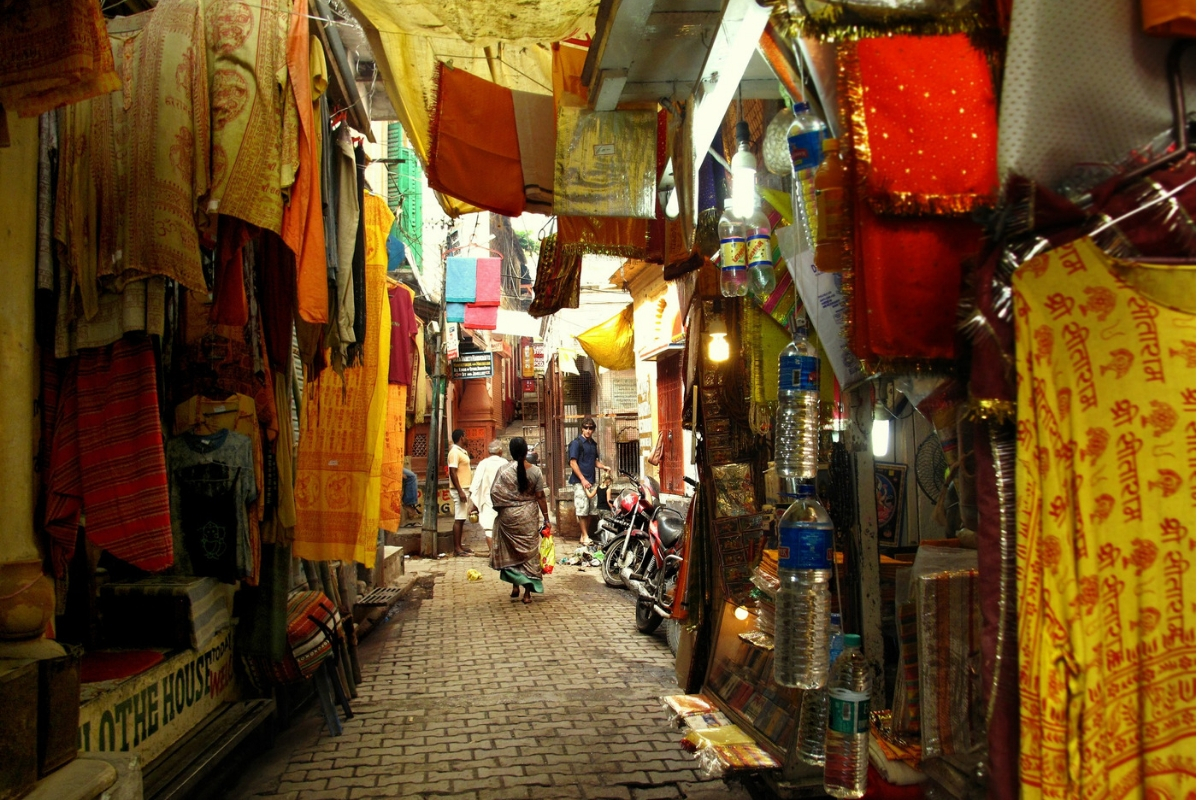On 1 April 2017, the Maternity Benefit (Amendment) Act, 2017 took effect, increasing paid maternity leave from 12 weeks to 26 weeks for companies with at least 10 employees. The act also required employers with 50 or more employees to provide daycare (crèche) facilities as of 1 July 2017.
Employers faced many difficulties in complying with the crèche requirement in the absence of clear regulations regarding the dimensions, the facilities that need to be provided, the age of covered children and the allowable distance from the workplace.
To provide greater clarity, the Indian Ministry of Women and Child Development recently published the National Minimum Guidelines for Setting up and Running Crèches under Maternity Benefit Act, 2017 (Crèche Guidelines).
Key changes
The crèche requirement applies to employers with a minimum of 50 employees and covers all female employees, regardless of their type of employment. The crèche should be open in accordance with the standard workplace schedule, between eight to 10 hours per day, and operate in shifts if needed. The crèche should comply with the relevant regulations and norms of the Central Public Works Department and meet the following requirements:
- Be located on the ground floor and have ramps and handrails.
- Have a minimum space of 10 to 12 square feet per child.
- Have safe closed and open areas.
- Have a water purifier, a kitchen and children-friendly restrooms.
The crèche is provided for children between the ages of six months and six years. It should be located either within the workplace, the employees’ neighborhood or within 500 meters from either of these locations. One crèche facility should be provided for every 30 children, and each facility should have at least one supervisor, at least one police-verified guard, one trained crèche worker, and one helper for every 10 children under age three and for every 20 children between ages three and six.
Every child’s medical record should be provided by the parents, otherwise monthly medical checks will be performed in the crèche. A first-aid kit and on-call doctors for emergencies must be available. Parents and crèche staff should agree on how to provide meals and if any medication should be provided.
The crèche staff should be between ages 20 and 40 and must undergo training and a background check. Additionally, each crèche should establish a monitoring committee consisting of three to four parents, the person in charge of the crèche, a crèche worker and an administrative or human resources officer. The crèche monitoring committee should meet periodically and ensure implementation of the child protection policy provided by the Crèche Guidelines.
Furthermore, the Crèche Guidelines provide norms and standards that may be implemented by the crèche. The guidelines include activities and curriculum, acceptable toys, sanitation measures, safety measures (cameras, evacuation plans, safety equipment, etc.), and hygiene regulations.
Next steps
In the absence of other regulations at the national level, the Crèche Guidelines should be a strong reference and guideline for employees, employers and state governments to better implement the crèche requirements under the Maternity Benefit Act, 2017. While most of the operating issues are covered, the Crèche Guidelines are silent on several other issues such as the outsourcing of crèche facilities and the costs (e.g., cost sharing between the employee and employer). Noncompliance with the Crèche Guidelines could trigger penal consequences only if there is a violation of state rules. Employers are advised to comply immediately with the Crèche Guidelines, as they are currently the only national regulation on crèche facilities, and state specific rules are very likely to follow suit.
